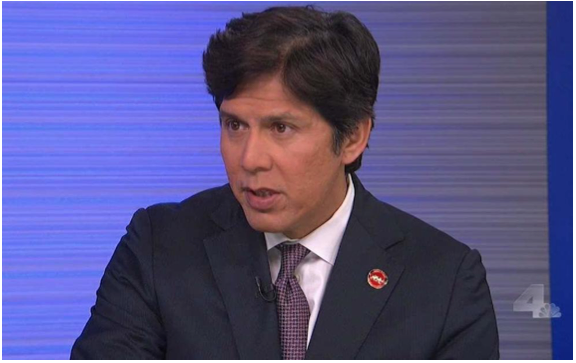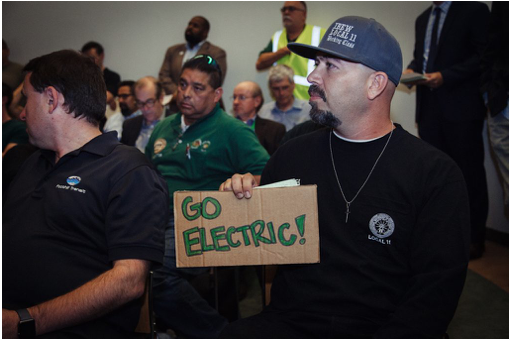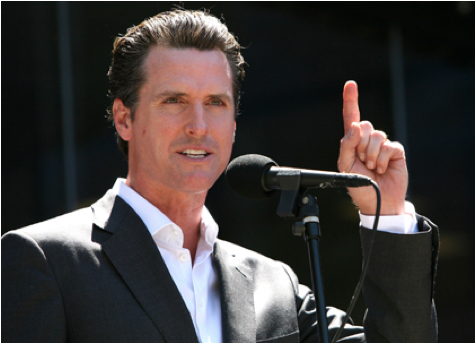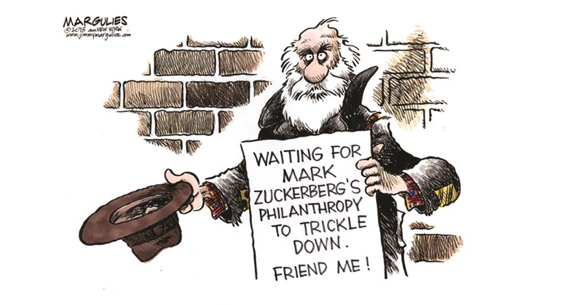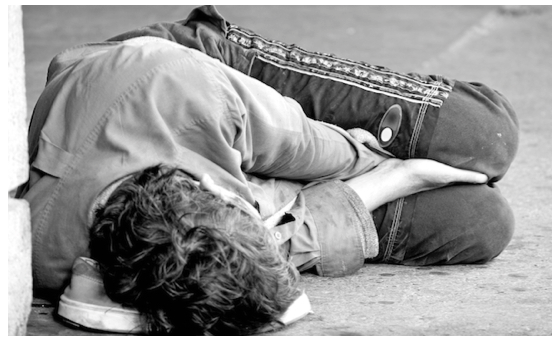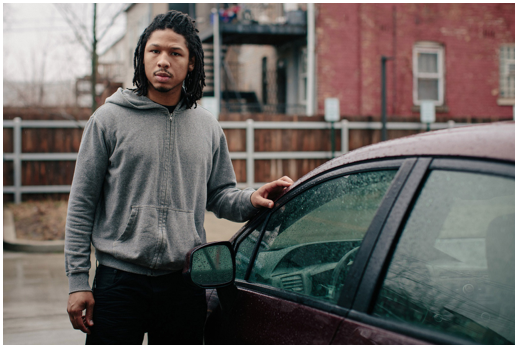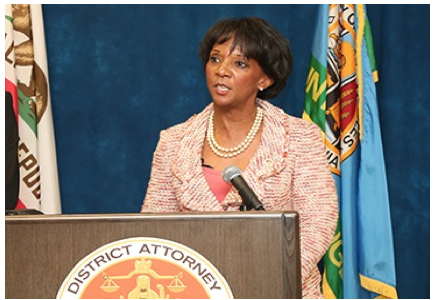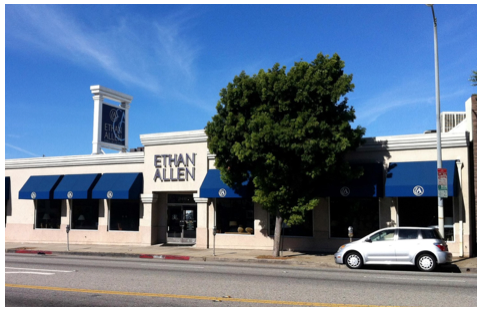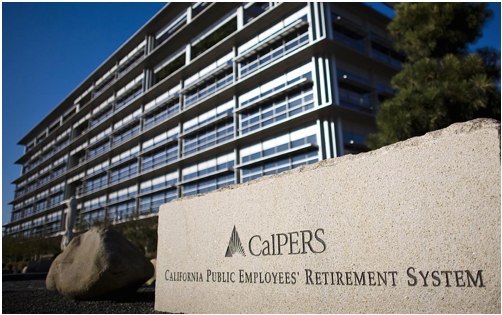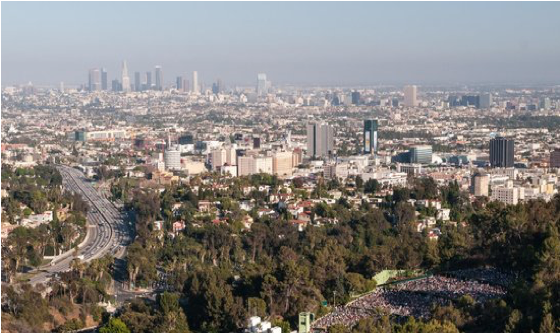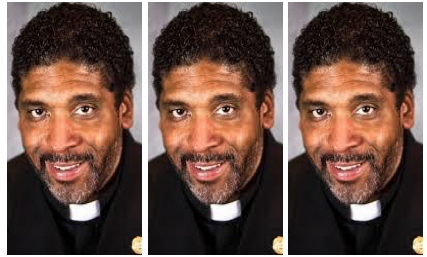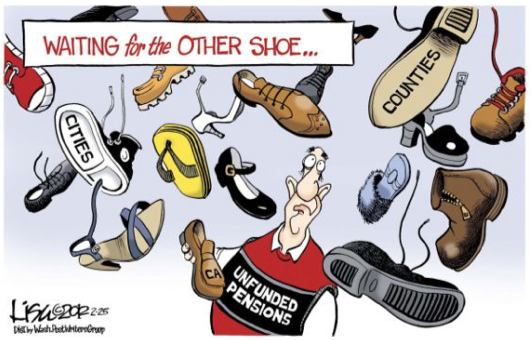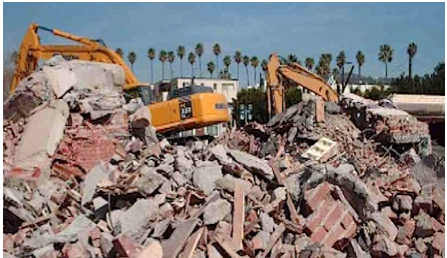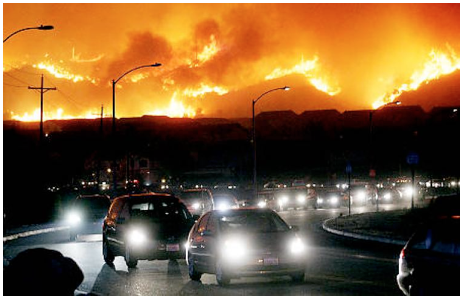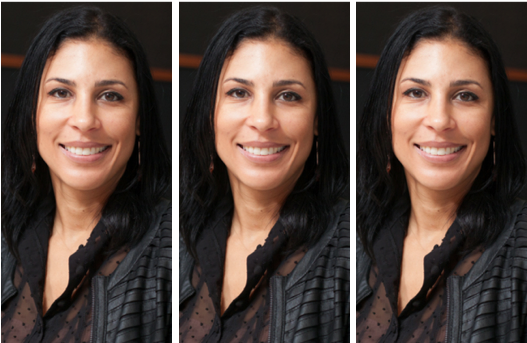DEEGAN ON LA-Now that we’ve had two years of announcements, promises, photo-ops, budget proposals, ballot measures and votes all aimed at improving the plight of people with homelessness, have you noticed less homeless people on the streets? Or does it look like more of the same…or worse? The answer may be a little bit of both: there’s been some looks-good-on-paper progress, but not much visual progress. And since visuals track more closely with the truth, this is not very encouraging.
Let’s start with the sobering statistic that the city’s homeless count of just over 34,000 was up 20% from 2016, according to a May 30, 2017 Los Angeles Homeless Services Authority Report.
If you add in the county’s numbers, the homeless population rose 23% in the year. Once a cheerleader for progress on the homeless issue, Mayor Eric Garcetti could only say, “There's no sugarcoating the bad news.” That’s a huge turnaround for a civic leader who promised from the steps of City Hall two years ago that there would be $100 million dedicated to solving the homeless crisis.
As things turned out, that was a press release, not a fact. Garcetti’s next announcement was a $138 million allocation for the homeless in his recent budget, but that also under-delivered with lots of finger-pointing as to why.
So, what are the facts? Ultimately, Bond Measure HHH providing $1.2 billion for housing the homeless was placed on the November 2016 ballot and was approved by 77% of the voters, a strong indication that people want a solution and are willing to pay for it. Property owners will pay an annual tax of around $33 per year for ten years. This will help finance the construction of 10,000 units of affordable permanent-supportive housing over the next ten years.
That’s where the paperwork part of the problem looks good -- which is a great start -- but the upstream to completion will take years. Who knows how many more homeless will appear on our streets in the meantime? Will that negate the effects of a billion-dollar housing program designed to house only 10,000 homeless people? It’s possible that this effort will become part of Los Angeles’ mythology: our version of the Greek myth of Sisyphus who was forced by the gods to roll a huge boulder up a hill only to watch it roll back down over and over again each time he neared completing his never-ending task. Like him, we may be pushing the homeless rock up the hill forever. Our enviable climate and easygoing lifestyle make Los Angeles a magnet for many, including the homeless.
It’s not only about the City of Los Angeles: the homeless problem is evident in other cities like West Hollywood where plans are driven less by economics -- they show no signs of throwing lots of money at the problem -- and more by solutions provided by city government, particularly the public safety component.
Their strategies are reminiscent of how the British defeated the Spanish Armada which sent its wind-driven warships into the English Channel in 1588 to invade Britain. The British responded with smaller craft, often oar-powered for mobility, so they could maneuver around the bigger ships without relying on wind strength and direction, eventually defeating the Spanish. The moral of that war story was “be nimble.” Perhaps our WEHO neighbors have something to offer for helping the homeless. Online news source WEHOville.com had a four-part series on the homeless last week about how they are tackling the homeless problem.
The WeHo plan includes contracted-out substance abuse treatment, information sharing on outreach efforts and homeless services by the Sheriffs who attend homeless-related meetings with everyone from the Chamber of Commerce to Neighborhood Watch meetings. In addition, there are public speaking appearances by City staff members, the Mayor and Sheriff’s Captain; block captain training, including how to deal with the homeless, is provided by the Sheriff’s department. None of this required a bond issue.
Is LA “too big” to succeed at solving its homeless problem? Are we the “Spanish Armada” versus the “British Small Boats” of West Hollywood?
Adding some urgency to the problem is the announcement a few days ago by Dr. Barbara Ferrer, LA County Public Health Director, at the weekly meeting of the LA County Board of Supervisors that LA is experiencing an outbreak of Hepatitis A. Recently the same outbreak occurred in San Diego, hitting the homeless population hard; a similar outbreak was also reported in Santa Cruz.
Michael Weinstein, president of AHF (Aids Healthcare Foundation), responded, “This declaration must be followed with immediate and forceful actions: portable toilets and hand-washing stations should be deployed immediately and the City of Los Angeles should put an immediate halt to rousting homeless encampments and concentrate instead on improving overall sanitary conditions…This outbreak is a result of, and is likely to be further fueled by the deplorable living conditions of homeless populations in Los Angeles.”
So, now a potential public health hazard has been added into the mix of the overall homelessness issue. Something more tangible and immediate than the prospect of a billion-dollar housing plan over ten years reminds us that microbes, not money, may be where the attention should go. Will bleaching the sidewalks of homeless tent encampments be next? The homeless do not even have the dignity of public restrooms yet, but the looming Hepatitis A problem -- a hazard for everyone -- may accelerate the decision to provide them.
What do you think: are we on the right track for finding solutions for people with homelessness?
Please take a moment and share your opinion about these issues by taking the brief poll below and press “view” to see how your responses compare with others.
[sexypolling id="23"]
[sexypolling id="24"]
[sexypolling id="25"]
(Tim Deegan is a long-time resident and community leader in the Miracle Mile, who has served as board chair at the Mid City West Community Council and on the board of the Miracle Mile Civic Coalition. Tim can be reached at [email protected].) Photo credit: WEHOville.com
Edited for CityWatch by Linda Abrams.

